After the Russia-Ukraine conflict broke out in February 2022, India emerged as a major customer of Russian oil, even though the South Asian country previously imported very little oil from Russia.
In the face of Western sanctions, Russia has offered deep discounts to India, which imports 85% of its fuel needs from Russia. In April 2023 alone, India's imports of Russian oil increased by nearly 530% compared to the same period in 2022.
Over the past year, Indian importers have paid for Russian oil and other goods mainly in rupees, India’s domestic currency. However, Russia is hesitant to adopt rupee trading because it would leave Moscow with more than $40 billion in unwanted rupee reserves annually, according to Reuters.
Why Russia likes the yuan
This will be a major setback for Indian importers of cheap oil and coal from Russia, who are waiting for a permanent payment mechanism in rupees to help reduce currency conversion costs.
Apart from rupees, India's trade settlements with Russia so far have been in a combination of UAE dirhams and Chinese yuan.
“Russia wants a currency that it can use to buy goods needed for its economy . The problem is to identify that currency. The Russians will be happy to use the yuan,” said Nandan Unnikrishnan, a Russia expert at the Observer Research Foundation (ORF) in New Delhi.
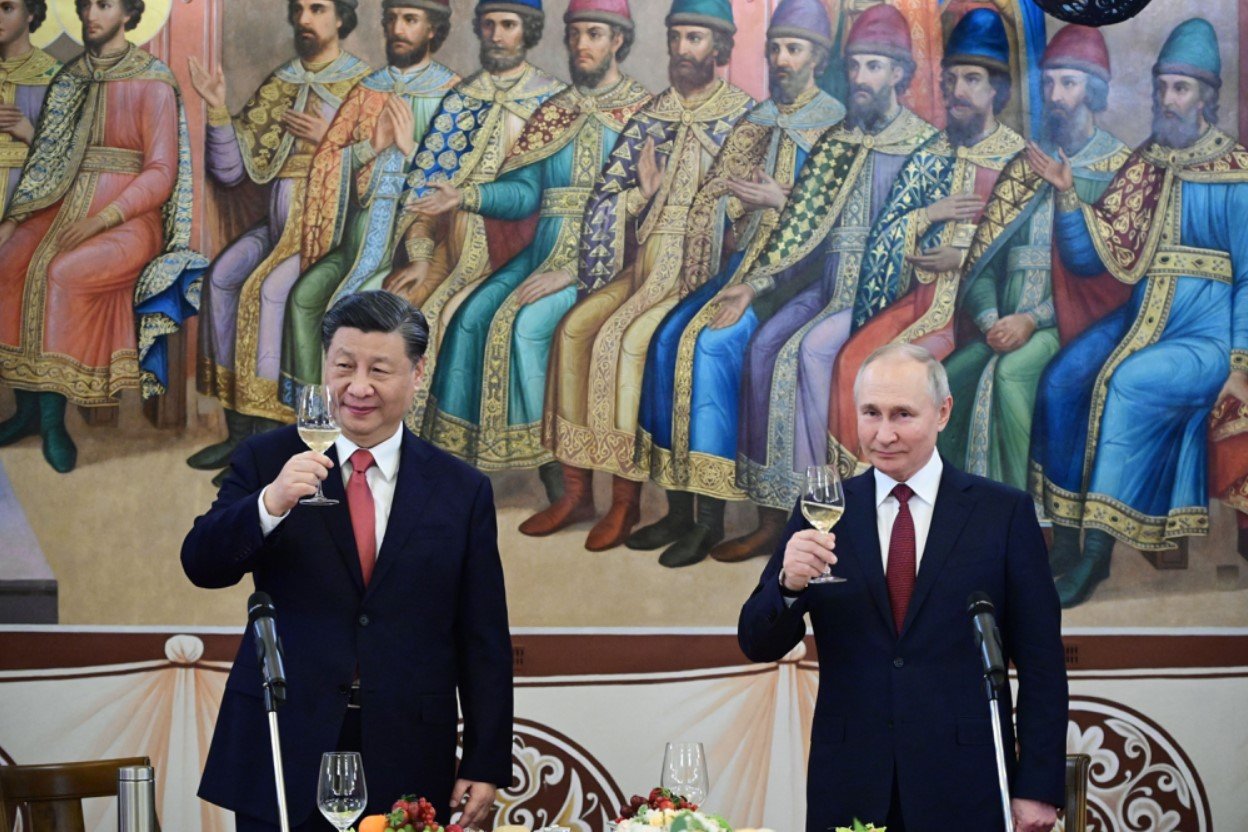
Russia has urged companies and people to transfer assets into the ruble or "friendly" currencies such as the rupee and yuan to avoid risks from Western sanctions following the conflict in Ukraine. Photo: foreignpolicy.com
Russia-China bilateral trade turnover has grown faster and stronger, reaching a record $190 billion in 2022, five times higher than Russia-India trade at about $35.3 billion.
In 2022, the share of payments in Chinese yuan for Russian imports rose to 23% from 4% before the conflict with Ukraine, according to The Guardian. Russia’s partners are increasingly willing to accept the yuan as a method of payment.
Meanwhile, India is trying to promote payments in rupees, but it rarely finds acceptance for three reasons: the rupee is not fully convertible, it is weakening, and the fact that Russia exports more to India than it imports.
First, India has a huge and growing trade deficit with Russia. According to data from the Indian Ministry of Commerce, India’s imports from Moscow in the last financial year through February were nearly 15 times its exports back to Russia.
This makes the rupee payment mechanism impractical, because after paying for all imports from India in rupees, Russia will be left with a lot of rupees that cannot be used in other transactions.
“But these rupees have to be transferred in another currency and this is currently being discussed,” Russian Foreign Minister Sergei Lavrov said.
Political will is a necessary condition.
According to Mr. Unnikrishnan, New Delhi will not be comfortable allowing trade settlement in yuan, given the tense relations between India and China in the border area.
Reuters news agency in March also quoted Indian officials as saying that the Indian government had asked banks and businesses to avoid using yuan to pay for Russian imports.
Another option is to use the UAE dirham to pay for India’s imports from Russia, but experts say this may not be a viable long-term solution given the currency’s sensitivity to Western sanctions.
Unnikrishnan stressed that India and Russia could come up with alternatives, such as investing rupees in joint ventures that produce goods that are used for Russia, or can be exported to other parts of the world.
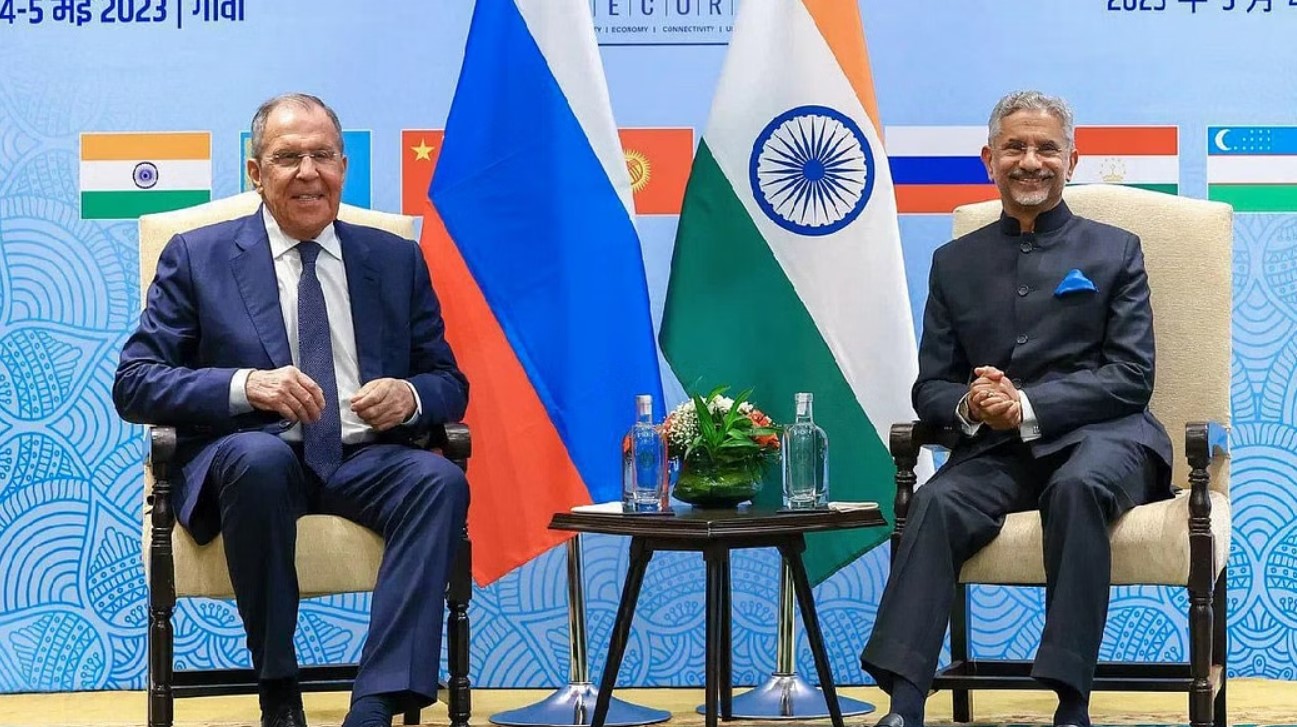
Russian Foreign Minister Sergei Lavrov (left) recently said that Russia has accumulated billions of rupees in Indian banks that it cannot use. Photo: The Print
Additionally, Russia could use the Indian currency to invest in government bonds or expand bilateral trade as both sides look to operate a rupee-rupee settlement mechanism. Both countries are engaged in extensive talks to work out a more permanent solution for this settlement mechanism.
India's traditional allies are also moving to pay for outstanding non-oil items with surplus Indian rupees in Moscow's coffers, according to a top official at the United Commercial Bank of India (UCO Bank).
Since January, 20 transactions in Indian currency have been carried out, all related to Indian exports to Russia, said UCO Bank managing director Soma Shankara Prasad.
Twenty Russian banks, including Gazprombank, Rosbank, Tinkoff Bank, Centro Credit Bank and Credit Bank of Moscow, have also opened special rupee vostro accounts (accounts with balances in local currency, used for international payments) with authorized correspondent banks in India, allowing rupee transactions between the two countries.
“There are many ways to deploy this money and both sides just need to show the political will to reach that agreement,” said Mr. Unnikrishnan .
Nguyen Tuyet (According to DW, Quartz, RT)
Source




![[Photo] Students of Binh Minh Primary School enjoy the full moon festival, receiving the joys of childhood](https://vphoto.vietnam.vn/thumb/1200x675/vietnam/resource/IMAGE/2025/10/3/8cf8abef22fe4471be400a818912cb85)

![[Photo] Prime Minister Pham Minh Chinh chairs meeting to deploy overcoming consequences of storm No. 10](https://vphoto.vietnam.vn/thumb/1200x675/vietnam/resource/IMAGE/2025/10/3/544f420dcc844463898fcbef46247d16)

![[Infographic] What are the growth targets of Dong Nai province in the first 9 months of 2025?](https://vphoto.vietnam.vn/thumb/402x226/vietnam/resource/IMAGE/2025/10/3/45f9330556eb4c6a88b098a6624d7e5b)










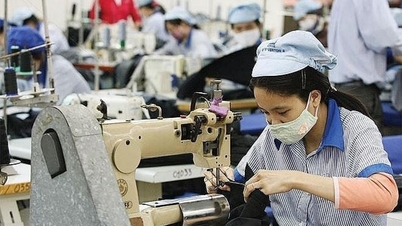













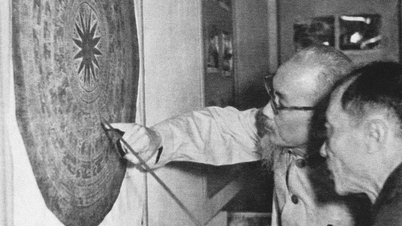
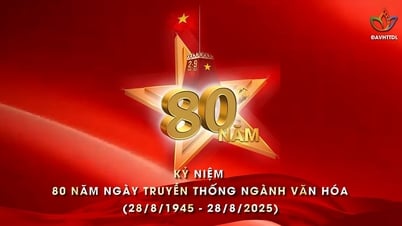






















































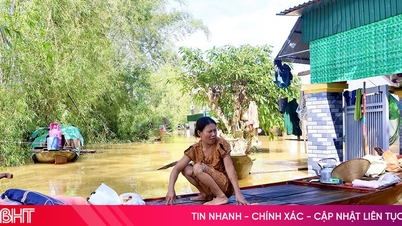

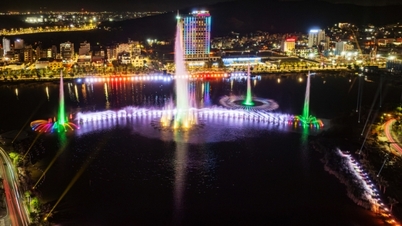




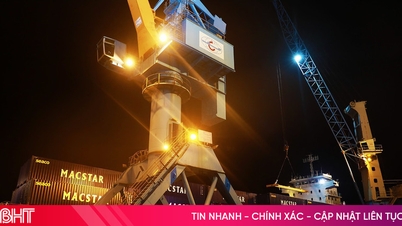
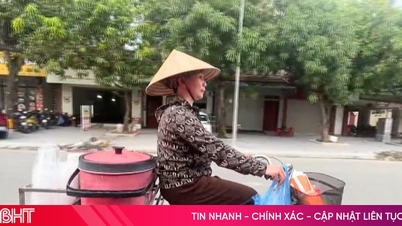












Comment (0)